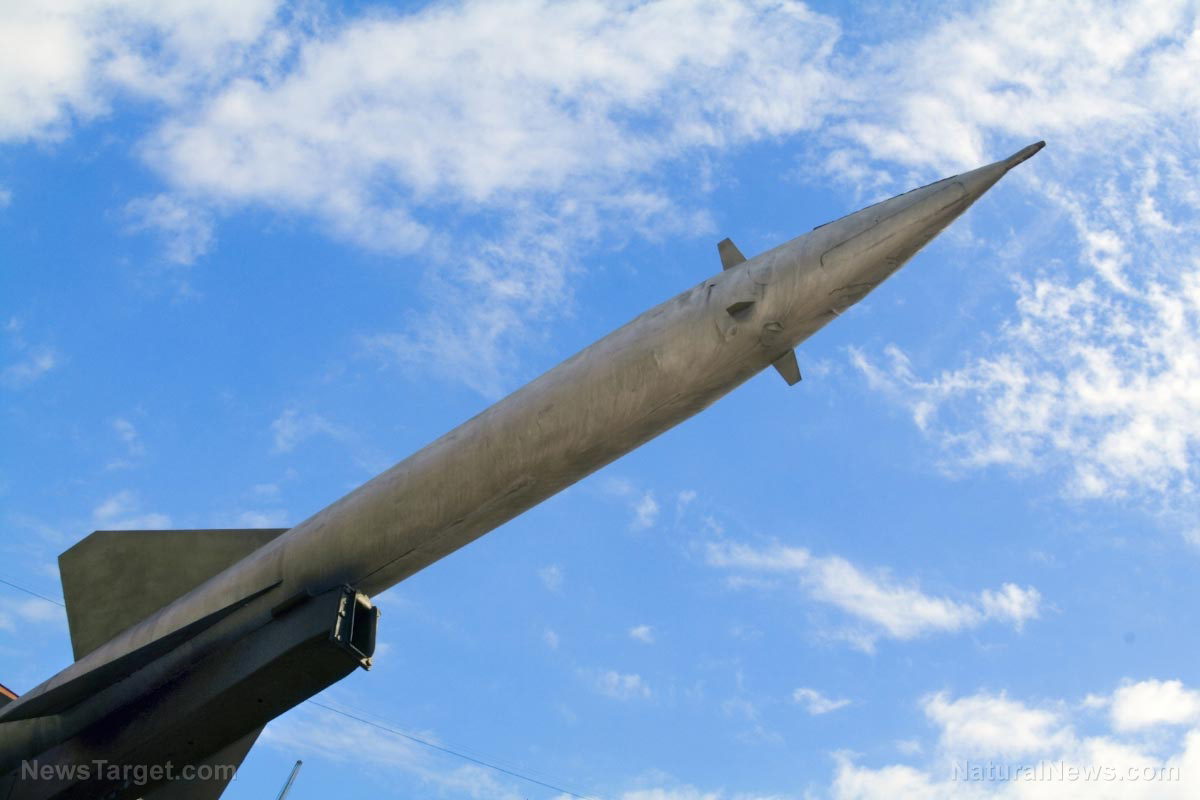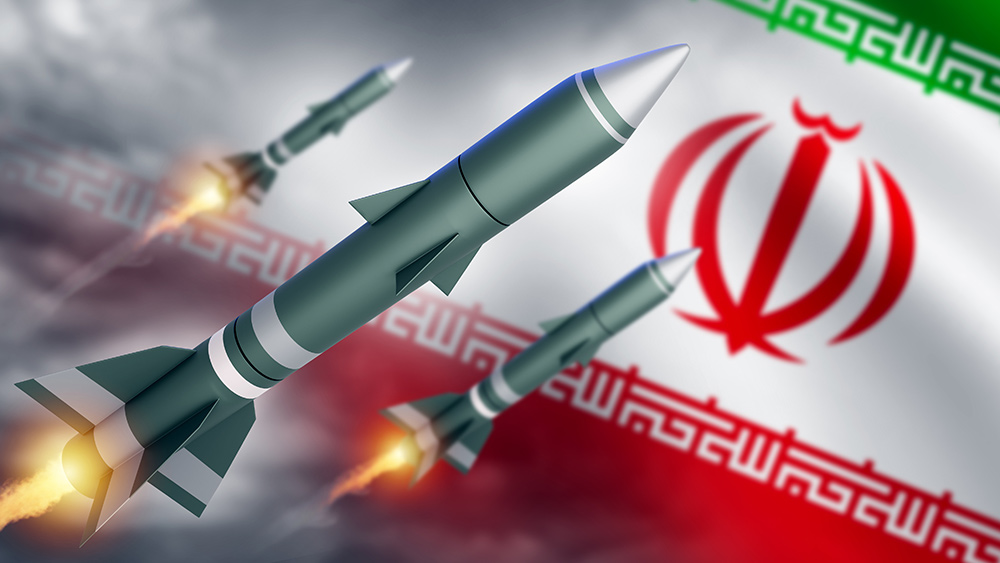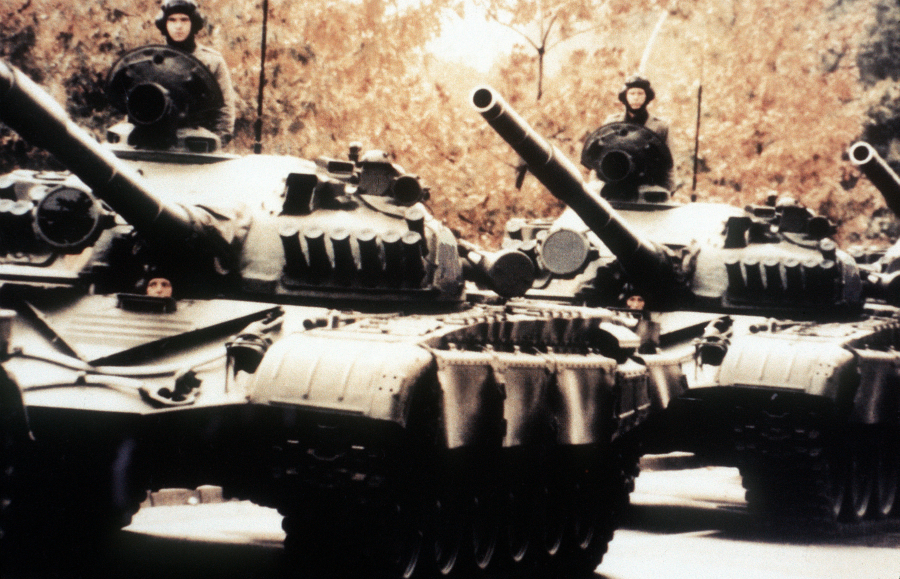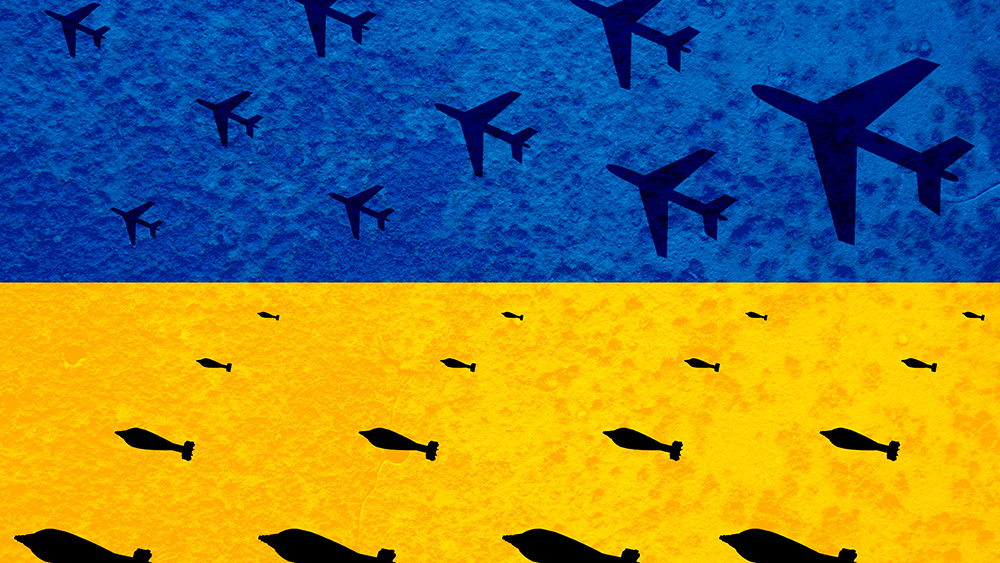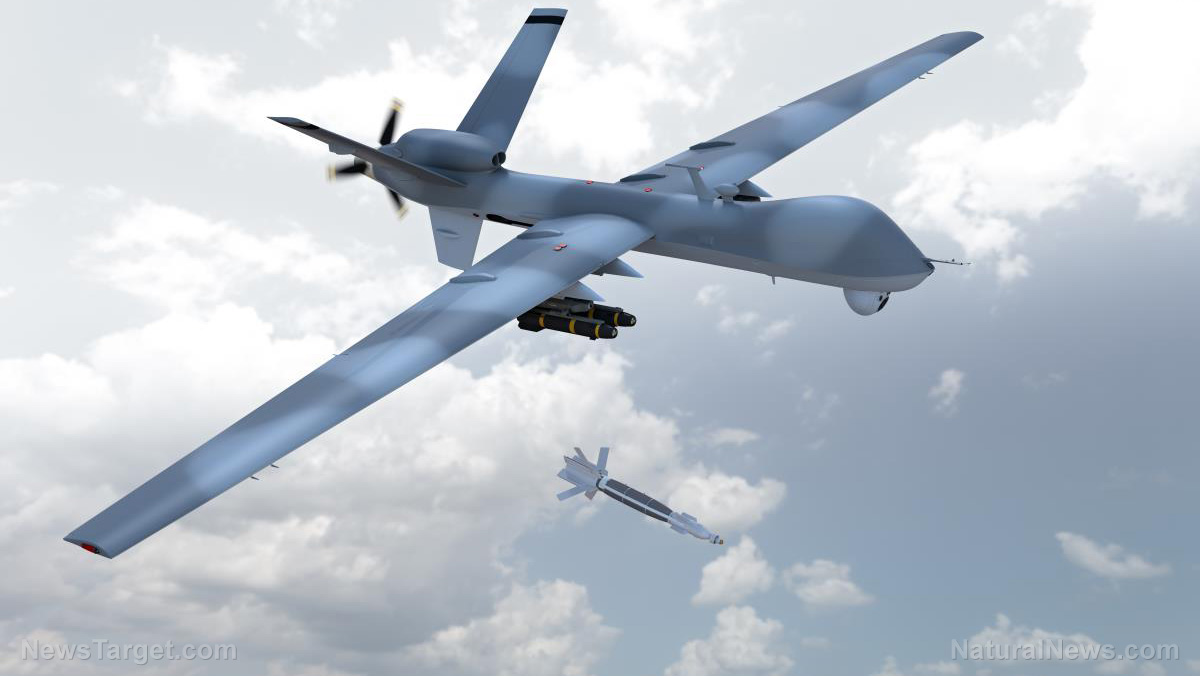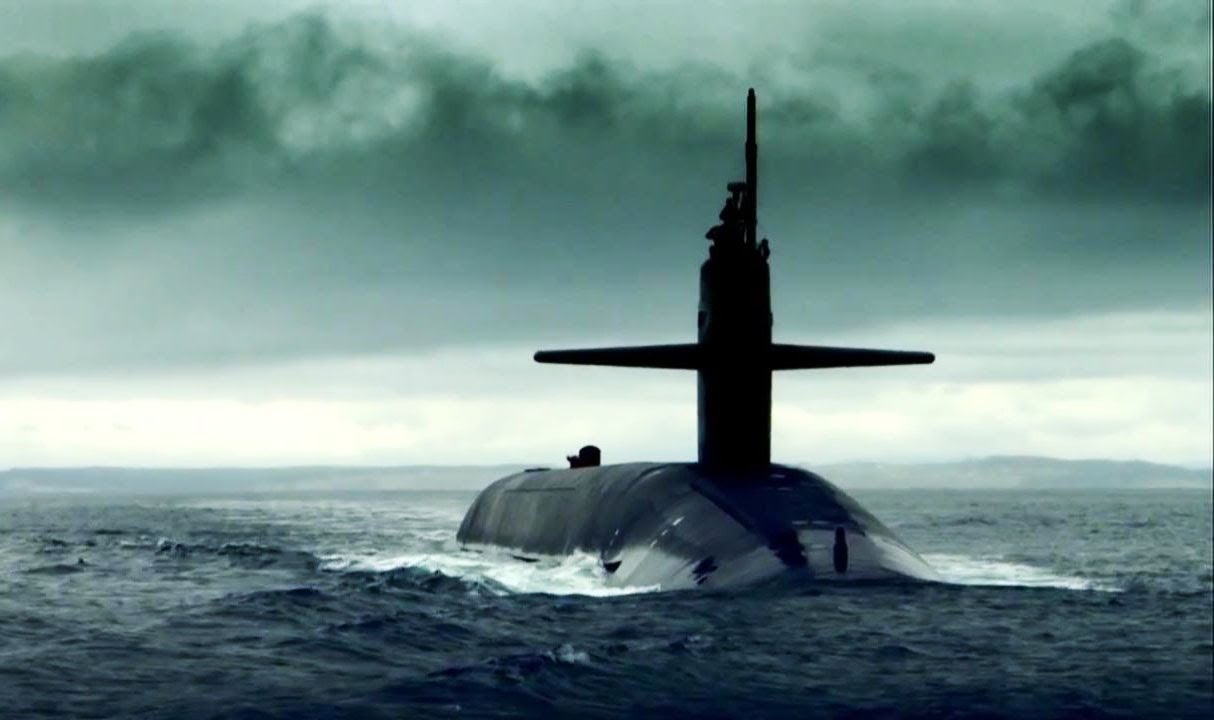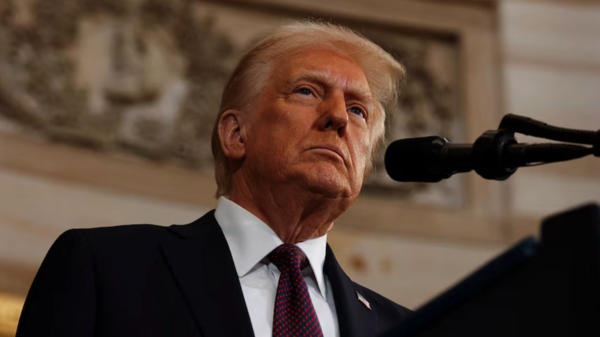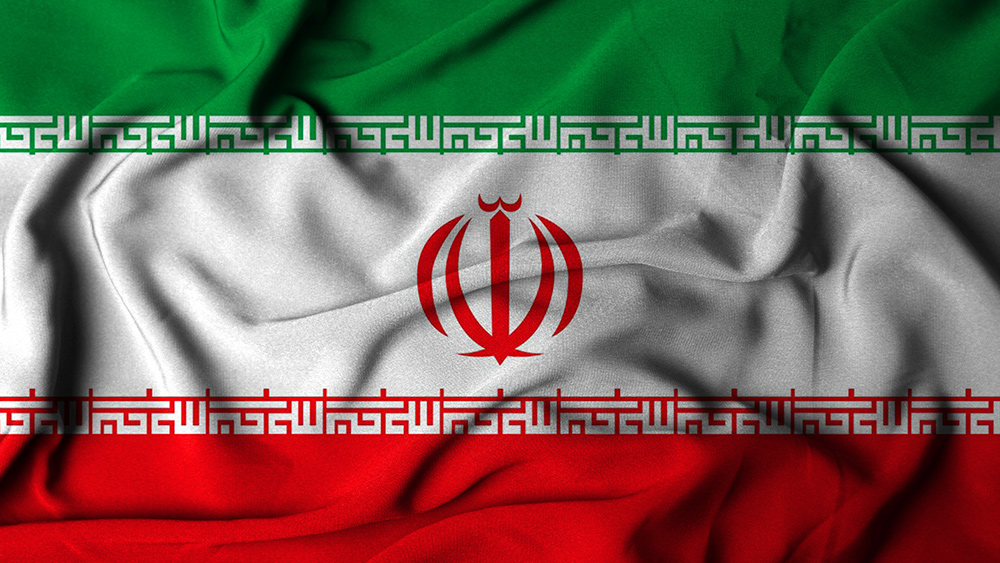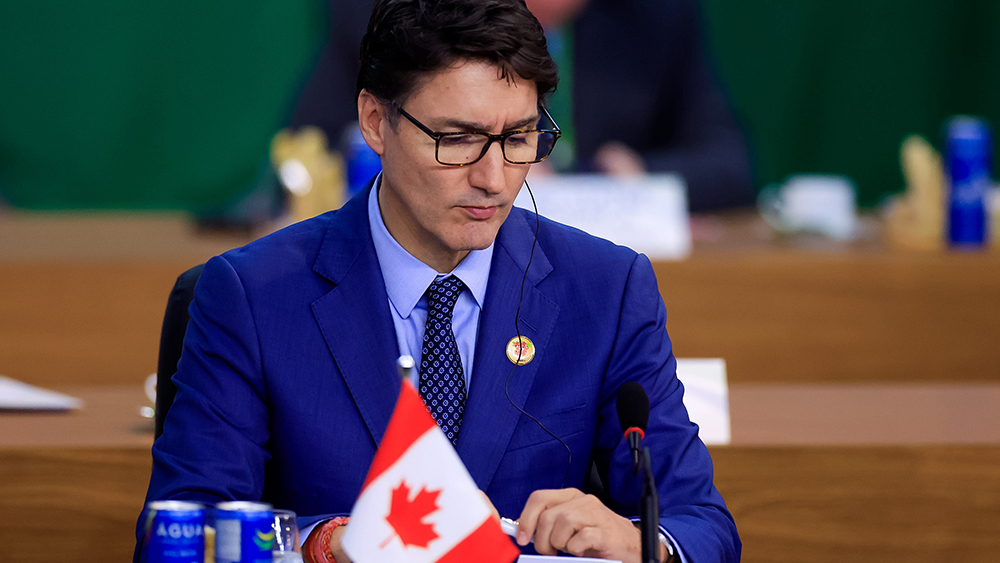Russia abandons INF Treaty restraints, threatens new arms race as U.S. allies deploy missiles
08/06/2025 / By Willow Tohi
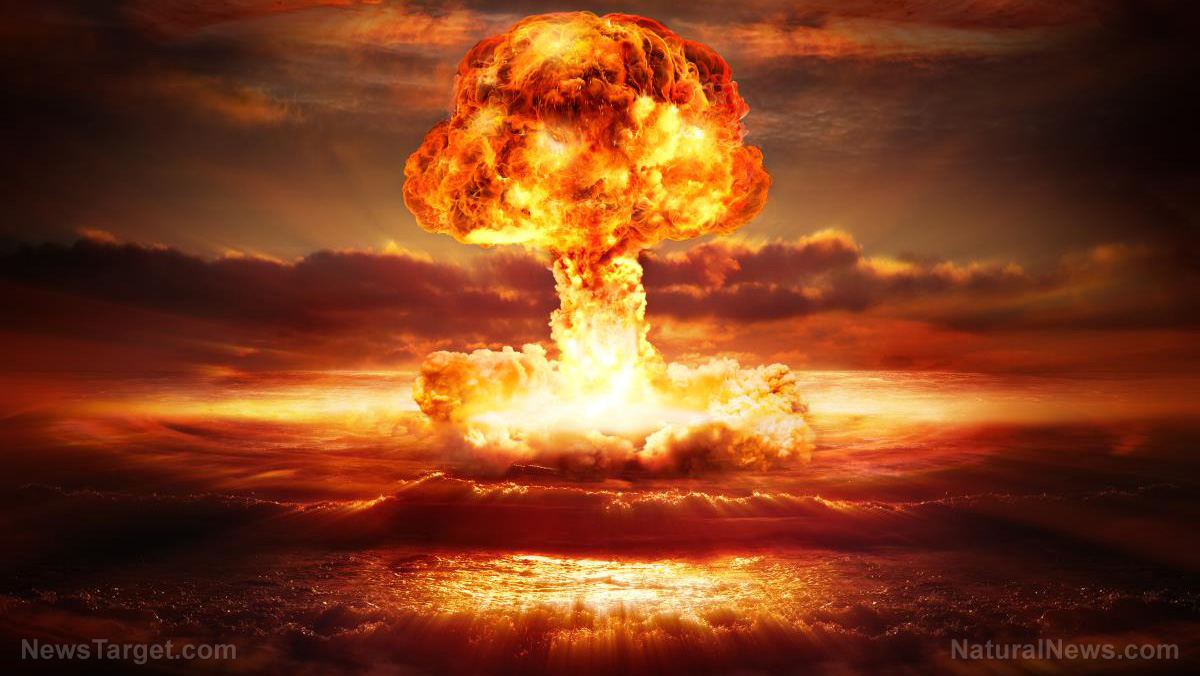
- Russia formally abandons the INF Treaty, citing U.S. and allied missile deployments as justification.
- The 1987 treaty collapsed after U.S. withdrawal in 2019, with Moscow accusing Washington of violating arms control agreements.
- U.S. missile tests in the Philippines and Australia, including the MRC, Typhon and PrSM systems, trigger Russian warnings.
- Former Russian President Medvedev warns of a “new reality,” while Putin links treaty collapse to eroding global security.
- Analysts caution the move could escalate a nuclear arms race, with no immediate diplomatic resolution in sight.
Russia has formally withdrawn from compliance with the Intermediate-Range Nuclear Forces (INF) Treaty, declaring itself unfettered to deploy intermediate-range missiles as U.S. allies expand military cooperation, the Russian Foreign Ministry announced Monday. The move marks the definitive end of the Cold War-era accord banning ground-launched missiles with ranges of 500–5,500 kilometers, a cornerstone of global arms control that collapsed after the U.S. withdrew in 2019 during President Trump’s first term.
“The conditions for maintaining a ‘unilateral moratorium’ no longer exist,” the Russian Foreign Ministry stated, accusing Western nations of deploying banned-class systems such as the U.S.-supplied Typhon missile launchers in the Philippines and testing Lockheed Martin’s Precision Strike Missile (PrSM) in Australia. Russia’s announcement follows weeks of escalating rhetoric, including warnings from former President Dmitry Medvedev that adversaries face a “new reality” if the Kremlin expands its arsenal.
INF Treaty’s decline and collapse
The INF Treaty, signed in 1987 by President Ronald Reagan and Soviet leader Mikhail Gorbachev, eliminated an entire category of nuclear-capable missiles, easing Cold War tensions. Its demise, however, has been years in the making. The U.S. accused Russia of violating the pact for decades, most notably with the 9M729 cruise missile. In December 2019, Washington formally exited the treaty, citing Russia’s refusal to return to compliance. Moscow denied wrongdoing and mirrored the withdrawal, adopting a “moratorium” on deploying INF-class missiles only so long as the U.S. did not.
Now, Russia’s Ministry argues that U.S. actions in the Pacific have nullified this restraint. The Philippines deployed U.S.-manufactured Typhon launchers capable of firing Tomahawk cruise missiles (range 1,800km) in 2024, while July’s Exercise Talisman Sabre saw Australian forces test the INF-banned PrSM. “Western militarism has created a direct threat to Russian security,” the ministry asserted, signaling readiness to “take appropriate measures.”
Medvedev’s bluster and Trump’s submarine gambit
Former Russian president Medvedev amplified Kremlin warnings, branding the INF’s collapse a consequence of “NATO’s anti-Russian expansionism.” His X (formerly Twitter) posts fueled tensions with Washington, sparking a public feud with Trump. After the U.S. shortened its ceasefire deadline for Russia, Medvedev called Trump’s ultimatums “steps toward war.”
In response, Trump ordered two nuclear-armed submarines to patrol Pacific waters “just in case these foolish statements are more than words,” per a White House statement. Analysts dismissed Medvedev’s persona as calculated provocation. “He’s performing a role as the hawkish enforcer, not a strategist,” said Mark Galeotti, a former NATO advisor. “His aim is to enrage Western audiences into overreaction.”
Global security concerns: A new arms race takes shape
With INF restrictions gone, Russia is accelerating development of weapons like the Oreshnik intermediate-range missile, set for deployment to Belarus by year-end. Analysts warn this could outpace U.S. capabilities. “Russia’s lead in INF-capable systems could destabilize European and Asian theaters,” said William Alberque, a Pacific Forum expert.
China, a non-signatory to the INF Treaty, has quietly gained influence, with analysts noting Beijing’s growing arsenal of conventionally armed missiles in the Indo-Pacific. Meanwhile, U.S. allies are modernizing arsenals: Japan plans 55km anti-air systems, while the U.S. fields the PrSM. “Everyone’s going to start racing to fill the INF vacuum,” warned former Pentagon official Steve Ganyard. “Diplomacy is scarce, and the technology is cheap.”
A world without restraints
The INF Treaty’s death leaves a security framework in tatters. Russia’s military plans, paired with Medvedev’s incendiary rhetoric and Trump’s muscular posturing, signal heightened risks of miscalculation. For now, only one thing is certain: the rules of the Cold War no longer apply.
As diplomatic channels grow colder, the world is left to wonder how many red lines remain—and who will test them next.
Sources for this article include:
Submit a correction >>
Tagged Under:
chaos, dangerous, insanity, military tech, national security, nuclear, Russia, Trump, violence, weapons tech, WWIII
This article may contain statements that reflect the opinion of the author
RECENT NEWS & ARTICLES
COPYRIGHT © 2018 MILITARYTECH.NEWS
All content posted on this site is protected under Free Speech. MilitaryTech.news is not responsible for content written by contributing authors. The information on this site is provided for educational and entertainment purposes only. It is not intended as a substitute for professional advice of any kind. MilitaryTech.news assumes no responsibility for the use or misuse of this material. All trademarks, registered trademarks and service marks mentioned on this site are the property of their respective owners.



